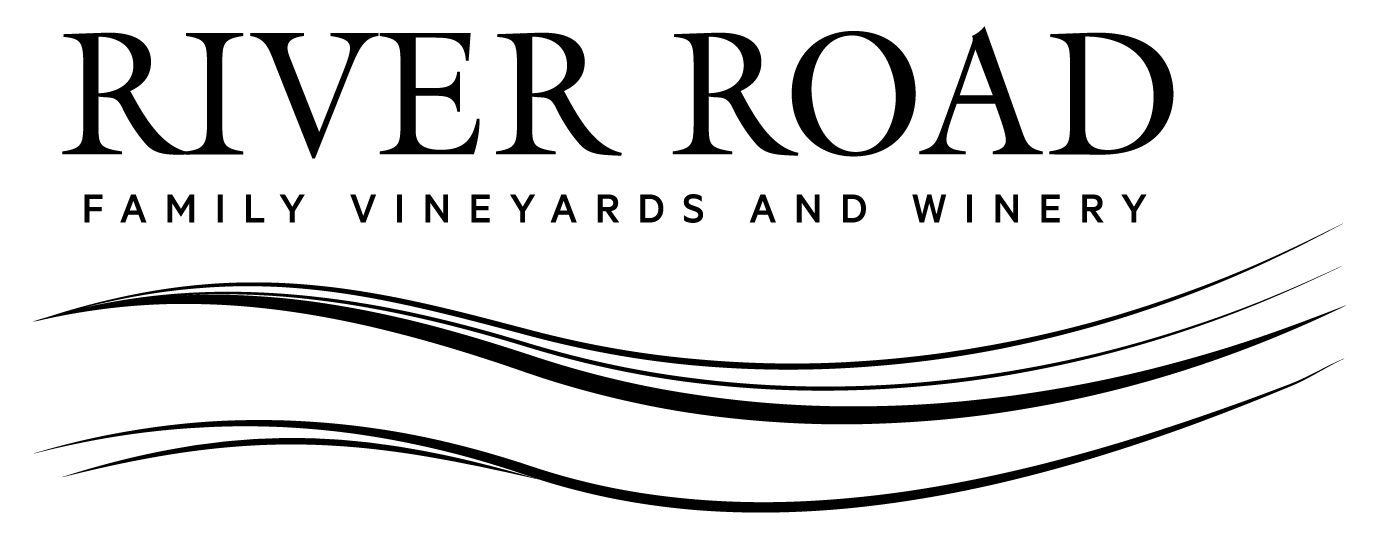
Green Valley’s Hallmark
From three to five million years ago, Green Valley was only a shallow inland sea. It had a tilt, which slowly drained into the Pacific Ocean. These early movements set the stage for Green Valley’s ideal wine grape growing region. When this change happened, it left behind a series of fine sandy soil types. With their balanced chemistry and slight variations in clay components, this earth perfectly feeds today’s vines with the nutrients and water that they need to thrive.
Two major soil categories emerged. They are the sandy Goldridge, which makes up about 60 percent of Green Valley, and the older rocky Franciscan. Classic Goldridge provides good drainage and exceptional, natural chemical balance.
The fruit in Green Valley ripens slowly, which produces wines with lower alcohol and more evenly balanced acidity, a hallmark for perfect, food friendly wines. This is why the River Road Family Vineyards and Winery is so pleased to be growing grapes and making wine in Green Valley. For our wines, we wanted the best that nature has to offer as a great base, and that base for us is Goldridge soil. Our Pinot Noir has all of the ingredients it needs to allow our viticultural and winemaking teams to be crafting world-class wines.
The major ingredients of Goldridge soil are Magnesium (Mg), Calcium (Ca), Potassium (K), and Sodium (Na). Green Valley’s Goldridge soil is known to be sandy loam. It is approximately 60 percent sand, 10 percent clay, and 30 percent silt particles. The top layer of soil is from 12 to 18 inches, and is silty clay loam. The next layer (after the 12 to18 inches) is well drained sandy clay, and is called sandstone. The deep silty and sandy loam soil is dominated by sand particles, but there are enough clay and sediment particles to provide some fertility. Traditionally known to have low magnesium content, Goldridge soil provides good drainage and an outstanding, natural chemical balance.

